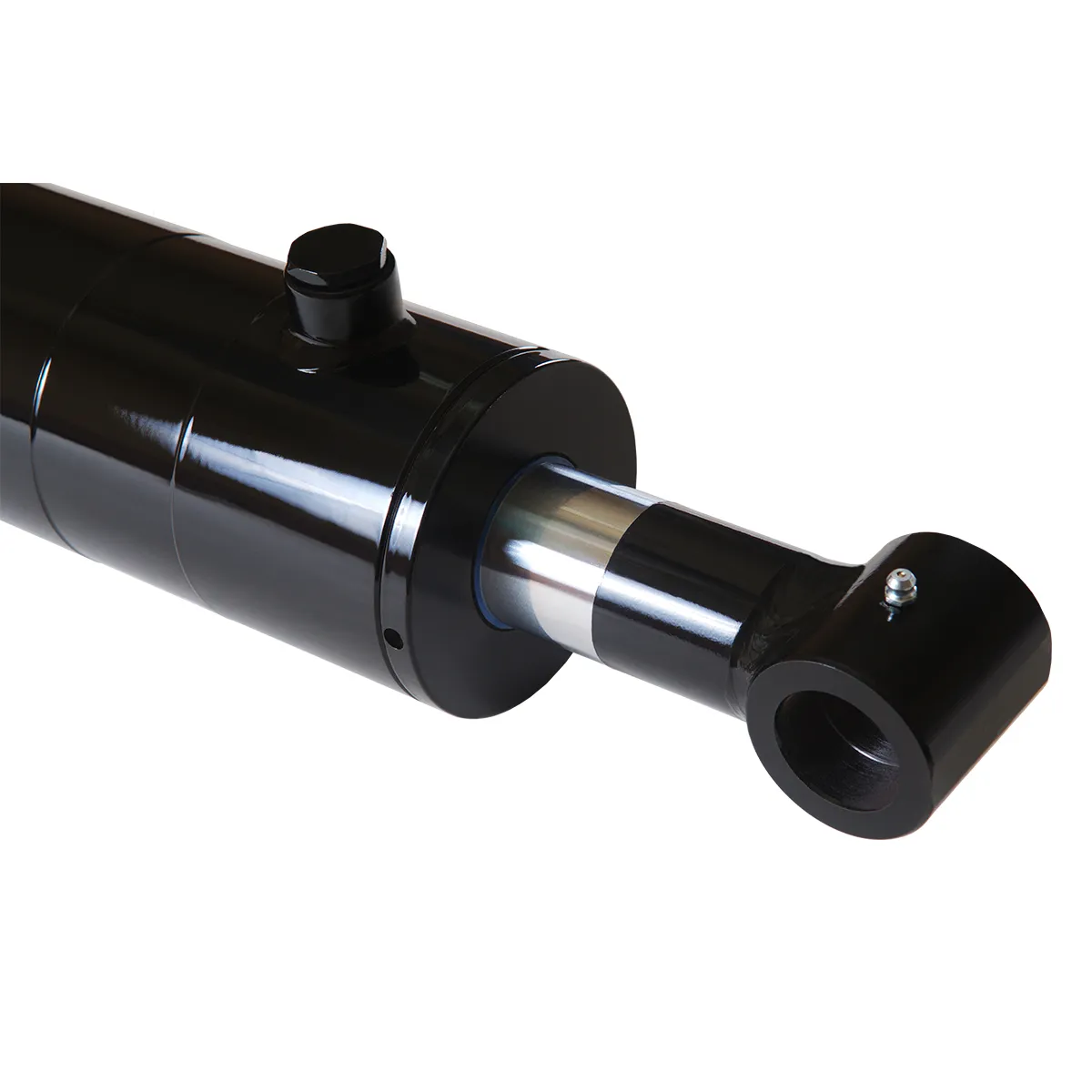
Low-Temperature Steel Hydraulic Cylinders for Cold Climate Applications
Introduction
Steel welded hydraulic cylinders are essential components in hydraulic systems, providing the force needed to move heavy machinery and equipment. In this comprehensive guide, we will delve into the design, construction, working principle, types, advantages, performance characteristics, applications, maintenance, and troubleshooting of low-temperature steel hydraulic cylinders for cold climate applications.
Design and Construction Characteristics
When it comes to the design and construction of steel welded hydraulic cylinders, the welding process plays a crucial role. Common welding processes such as MIG, TIG, SAW, and laser welding can impact the final product’s quality and performance. Additionally, the choice of materials, including carbon steel, alloy steel, stainless steel, and more, can influence the cylinder’s durability and functionality.
Welding Process
Each welding process has its advantages and limitations. For example, MIG welding offers high welding speeds, while TIG welding provides superior weld quality. SAW welding is ideal for thick materials, and laser welding offers precision and control.
Materials
The selection of steel material is critical for the performance of hydraulic cylinders. Carbon steel is cost-effective and durable, while alloy steel offers enhanced strength and wear resistance. Stainless steel is corrosion-resistant and suitable for harsh environments.
Working Principle
The working principle of steel welded hydraulic cylinders involves the transfer of liquid force to generate piston movement, which performs the workload. A sealing system ensures proper pressure containment, while pressure release mechanisms prevent overloading. Understanding these principles is essential for efficient hydraulic system operation.
Types and Configurations
Steel welded hydraulic cylinders come in various types and configurations to suit different applications. Whether it’s a single-acting, double-acting, or telescopic cylinder, each type offers unique features and benefits for specific industrial needs.
Advantages
The advantages of steel welded hydraulic cylinders are numerous, including strength, durability, cost-effectiveness, corrosion resistance, thermal conductivity, processing performance, and environmental friendliness. These features make them a preferred choice for various industries.
Performance Characteristics
When it comes to performance, steel welded hydraulic cylinders offer reliable working pressures, rated forces, durability, and long service life under normal conditions. Proper maintenance and repair practices are essential to ensure optimal performance and longevity.
Applications
Steel welded hydraulic cylinders find wide applications across industries such as construction equipment, industrial machinery, agricultural equipment, material handling, military vehicles, aerospace, marine, and custom solutions. Their versatility and reliability make them indispensable in various machinery and equipment.
Design Considerations and Selection Criteria
When selecting steel welded hydraulic cylinders, factors like bearing capacity, sealing, durability, safety, and maintainability should be considered. These design considerations ensure optimal performance and safety in hydraulic systems.
Sealing and Lubrication
Proper sealing and lubrication are key to the performance and longevity of steel welded hydraulic cylinders. Using high-quality seals and lubricants, along with regular maintenance practices, ensures smooth operation and prevents premature wear and damage.
Maintenance and Troubleshooting
Regular inspection and preventive maintenance are crucial for detecting issues early and avoiding costly repairs. Troubleshooting tips and solutions help diagnose common problems and provide guidance on maintaining steel welded hydraulic cylinders for extended service life.
Safety Considerations and Environmental Factors

Ensuring safety measures and considering environmental factors are essential when using steel welded hydraulic cylinders. By following proper procedures and precautions, operators can minimize risks and protect the environment during cylinder operation.
Fault Diagnosis and Common Problems
Identifying faults and addressing common problems in steel welded hydraulic cylinders is essential for efficient operation. By understanding troubleshooting techniques and preventive measures, operators can maintain optimal performance and reduce downtime.
FAQs
1. What welded processes are typically used for steel hydraulic cylinders?
2. How do steel welded cylinders compare to aluminum welded cylinders in terms of weight and strength?
3. What are some common applications for steel welded hydraulic cylinders in different industries?
4. What are some factors to consider when choosing the right steel grade for a hydraulic cylinder application?
Long Tail Keywords
1. Low-temperature steel hydraulic cylinder design
2. Cold climate applications for welded hydraulic cylinders
3. Steel cylinder maintenance in extreme weather conditions
Our Company

We are a leading manufacturer of hydraulic cylinder replacements, offering a complete product line for domestic and international markets. With professional services, international certifications, customized solutions, state-of-the-art production equipment, and comprehensive after-sales support, we strive to meet the diverse needs of our customers.
Author: lyl

